Dealing with a dirt smell in your bathroom sink can be unpleasant and frustrating. Not only can it make your bathroom feel dirty, but it can also make it difficult to use the sink for daily tasks. In this article, we'll explore the causes of a dirt smell coming from your bathroom sink and provide some solutions to get rid of it. Dirt Smell in Bathroom Sink: Causes and Solutions
If your bathroom sink has a musty odor, there are a few potential causes to consider. One of the most common is a build-up of organic material in the sink drain. This can come from hair, soap scum, and other debris that can get trapped in the drain. Over time, this build-up can start to emit a musty smell. Musty Odor from Bathroom Sink: What's Causing It?
In some cases, the dirt smell in your bathroom sink may be coming from the pipes. This can happen if there is a clog or blockage in the pipes that is causing bacteria to build up. The bacteria can produce a foul smell, which can then come up through the sink drain. Foul Smell in Bathroom Sink: Is It Coming from the Pipes?
Now that we've explored some of the potential causes of a dirt smell in your bathroom sink, let's look at some solutions for getting rid of it. One of the first things you can try is using a drain cleaner to clear out any build-up in the drain. You can also try using a mixture of baking soda and vinegar to break down any organic material in the drain. Dirt Smell from Sink Drain: How to Get Rid of It
In addition to build-up in the sink drain and pipes, there may be other reasons why your bathroom sink smells like dirt. For example, if you have a septic tank, it's possible that there is an issue with the tank that is causing the smell. It's also possible that there is a problem with the plumbing system, such as a leak or a broken seal, that is allowing dirt and debris to enter the sink. Bathroom Sink Smells Like Dirt: Other Possible Causes
Once you've addressed the current issue with the dirt smell in your bathroom sink, it's important to take steps to prevent it from happening again in the future. Regularly cleaning and maintaining your sink drain can help prevent build-up from occurring. Additionally, being mindful of what you put down the sink drain can also make a big difference. Avoid pouring grease, oil, or food scraps down the drain, as these can contribute to clogs and bacteria growth. Dirt Smell in Sink Pipes: Preventing Future Issues
If you notice a musty smell in your bathroom, it's possible that the source may not be your sink. Other areas to check include the shower drain, toilet, and any other plumbing fixtures in the bathroom. It's also important to make sure that your bathroom is well-ventilated, as moisture and humidity can contribute to musty odors. Musty Smell in Bathroom: Other Areas to Check
If you've tried the above solutions and are still experiencing a dirt smell coming from your bathroom sink, it may be time to call in a professional plumber. A plumber can inspect your sink and plumbing system to identify any underlying issues that may be causing the smell. They can also provide more advanced solutions, such as hydro jetting, to thoroughly clean out your pipes and eliminate any lingering odors. Dirt Smell Coming from Sink: When to Call a Professional
While a dirt smell in your bathroom sink may seem like a minor annoyance, it's important not to ignore it. Not only can it make using your sink unpleasant, but it can also be a sign of a larger issue with your plumbing system. By addressing the issue promptly and taking steps to prevent it from happening again, you can keep your bathroom smelling fresh and clean. Bathroom Sink Drain Smells Like Dirt: Don't Ignore It
If you're dealing with a dirt smell in your bathroom sink, don't panic. By understanding the potential causes and taking appropriate action, you can get rid of the smell and prevent it from returning. If you're unsure of how to address the issue, don't hesitate to call a professional plumber for assistance. With a little bit of effort, you can keep your bathroom smelling clean and fresh. Dirt Smell in Bathroom Faucet: Conclusion
The Importance of Proper Plumbing in House Design

Why the Smell of Dirt Could Be Coming From Your Bathroom Sink
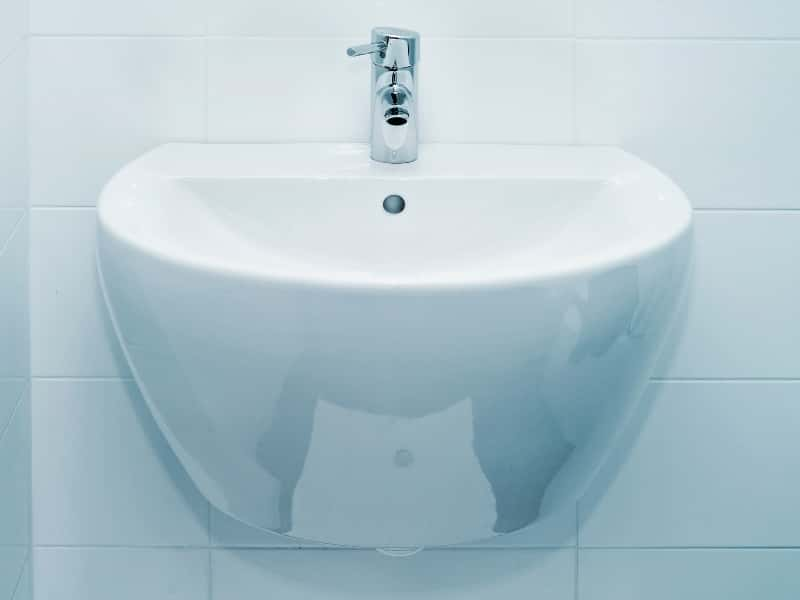 When designing a house, there are many factors to consider such as layout, functionality, and aesthetic appeal. However, one important aspect that is often overlooked is the plumbing system. A properly designed and maintained plumbing system is crucial for the overall functionality and comfort of a home.
Dirt smell coming out of your bathroom sink can be a sign of underlying plumbing issues that need to be addressed.
When designing a house, there are many factors to consider such as layout, functionality, and aesthetic appeal. However, one important aspect that is often overlooked is the plumbing system. A properly designed and maintained plumbing system is crucial for the overall functionality and comfort of a home.
Dirt smell coming out of your bathroom sink can be a sign of underlying plumbing issues that need to be addressed.
The Role of Plumbing in House Design
 Plumbing is the system of pipes, fixtures, and fittings that supply water and remove waste from a building. It is responsible for providing clean water for consumption, as well as removing dirty water and waste from our homes.
A well-designed plumbing system ensures that water flows smoothly, without any leaks or unpleasant odors.
It is essential to consider plumbing when designing a house, as it impacts the overall functionality and livability of the space.
Plumbing is the system of pipes, fixtures, and fittings that supply water and remove waste from a building. It is responsible for providing clean water for consumption, as well as removing dirty water and waste from our homes.
A well-designed plumbing system ensures that water flows smoothly, without any leaks or unpleasant odors.
It is essential to consider plumbing when designing a house, as it impacts the overall functionality and livability of the space.
The Common Causes of Dirt Smell in Bathroom Sinks
 The smell of dirt coming from your bathroom sink could be caused by a variety of factors. One common cause is a clogged or dirty drain pipe. Over time, debris and hair can accumulate in the drain, leading to a buildup of bacteria and mold, resulting in a musty smell.
Another potential cause could be a malfunctioning vent pipe, which allows sewer gases to escape and cause unpleasant odors.
In some cases, the smell may also be caused by a cracked or damaged sewer pipe, which can allow dirt and debris to enter the water supply.
The smell of dirt coming from your bathroom sink could be caused by a variety of factors. One common cause is a clogged or dirty drain pipe. Over time, debris and hair can accumulate in the drain, leading to a buildup of bacteria and mold, resulting in a musty smell.
Another potential cause could be a malfunctioning vent pipe, which allows sewer gases to escape and cause unpleasant odors.
In some cases, the smell may also be caused by a cracked or damaged sewer pipe, which can allow dirt and debris to enter the water supply.
The Importance of Regular Plumbing Maintenance
 To prevent the smell of dirt coming from your bathroom sink, it is crucial to conduct regular plumbing maintenance.
This includes regularly cleaning and unclogging drains, checking for leaks, and inspecting the sewer and vent pipes for any damage.
It is also essential to hire a professional plumber to conduct a thorough inspection of your plumbing system at least once a year. This will help identify any potential issues before they become major problems and save you from costly repairs in the future.
In conclusion, a properly designed and maintained plumbing system is essential for a comfortable and functional home. The smell of dirt coming from your bathroom sink is not only unpleasant but also a sign of underlying plumbing issues that require attention.
By understanding the role of plumbing in house design and conducting regular maintenance, you can ensure a clean and odor-free environment in your home.
If you are experiencing this issue, don't hesitate to contact a professional plumber to address the problem and keep your plumbing system in top shape.
To prevent the smell of dirt coming from your bathroom sink, it is crucial to conduct regular plumbing maintenance.
This includes regularly cleaning and unclogging drains, checking for leaks, and inspecting the sewer and vent pipes for any damage.
It is also essential to hire a professional plumber to conduct a thorough inspection of your plumbing system at least once a year. This will help identify any potential issues before they become major problems and save you from costly repairs in the future.
In conclusion, a properly designed and maintained plumbing system is essential for a comfortable and functional home. The smell of dirt coming from your bathroom sink is not only unpleasant but also a sign of underlying plumbing issues that require attention.
By understanding the role of plumbing in house design and conducting regular maintenance, you can ensure a clean and odor-free environment in your home.
If you are experiencing this issue, don't hesitate to contact a professional plumber to address the problem and keep your plumbing system in top shape.


























































:max_bytes(150000):strip_icc()/sink-pipe-under-wash-basin-119001607-6f28aec4c66944efb7a9a38cb622ab8b.jpg)

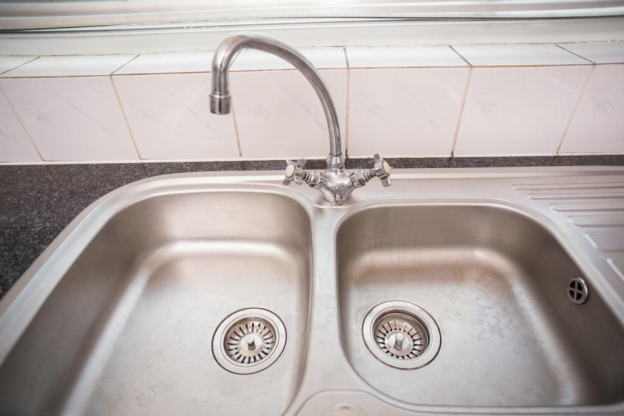



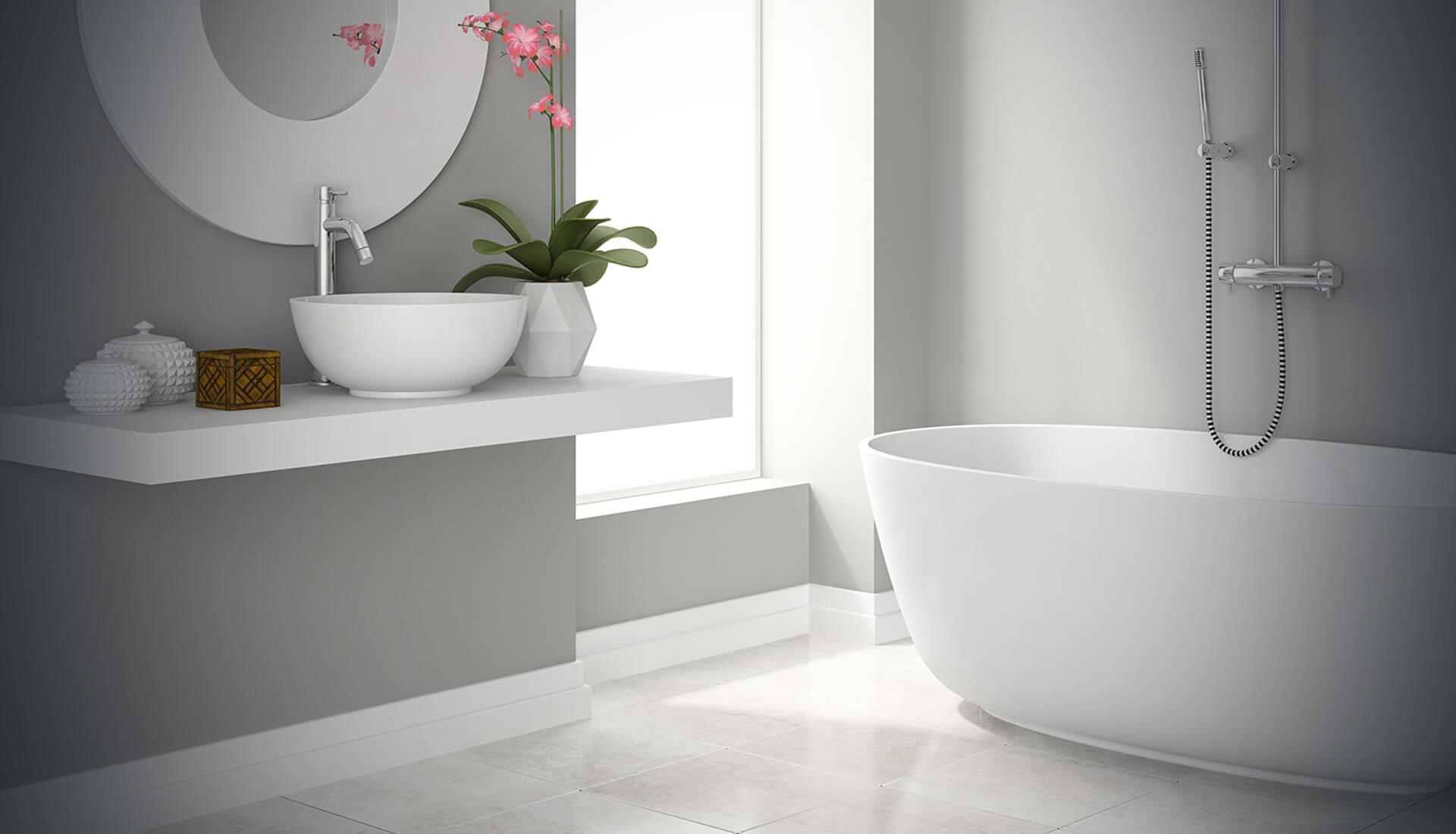





















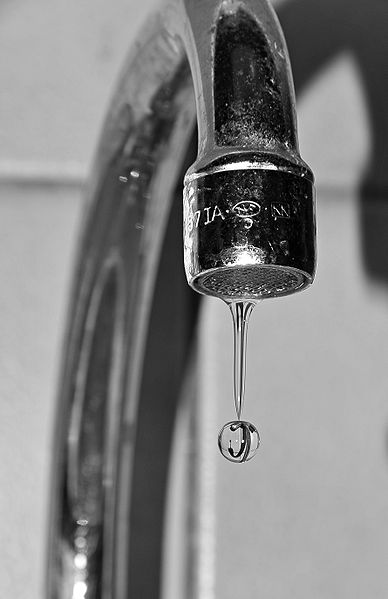






:max_bytes(150000):strip_icc()/how-to-clean-a-sink-faucet-1900294-02-40f1a01ad9bc4c44b829e64567ae3340.jpg)









